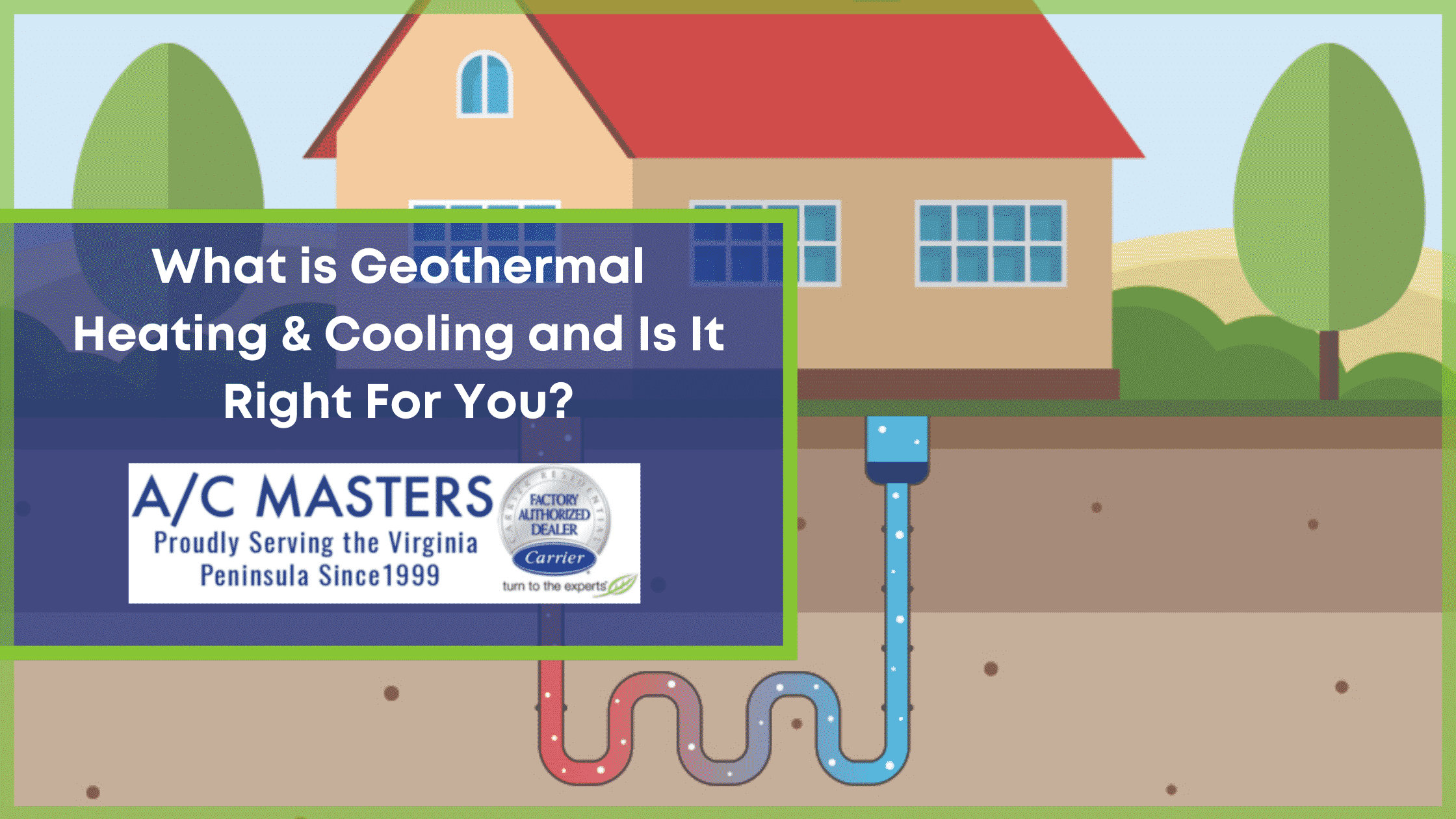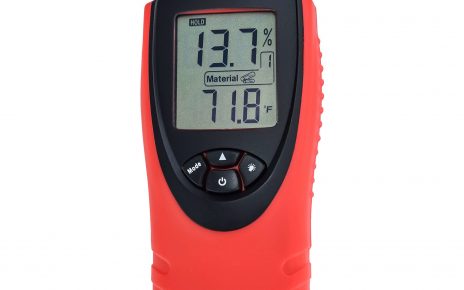Geothermal heat pumps are a hot topic in the news lately. They’re one of the most efficient ways to heat your home, but how much electricity do they use? That’s what this article is about! Read on and learn all about geothermal heat pump efficiency, how much energy they can save you, and other important details you need to know.
A geothermal heat pump (GHP) is a type of renewable energy system that uses the earth’s temperature difference between day and night to generate heat for homes and businesses. The process works by absorbing heat when the outdoor air is cold and releasing it into buildings during the warmer hours of the day. This creates more comfort and saves money over conventional systems. For example, if you live in an area with mild winters where temperatures drop below freezing at night, then a GHP will be able to provide you with heated air even without having to use a heater. However, before you buy one, there are some things you should know first.
How Does Geothermal Work?
The earth has two distinct zones, which are separated by a thin layer called the “transition zone.” The transition zone is made up of rocks that are either very hot or very cold and is also the area where the Earth’s core lies. This zone contains liquid rock known as magma. When the sun heats the earth during the day, the planet’s outer surface warms slightly. As a result, the outer part of the transition zone becomes colder than the inner part.
Now that you have an idea of what goes on inside the earth, let’s talk about how geothermal heat pumps work. A GHP consists of several components. First, it needs to be connected to a ground loop, which is basically a network of pipes buried underground that carries the heat from the base of the unit up to the top of the house or building. Next, there is a compressor, which is a heavy-duty machine used to force the refrigerant through the coils (these are the tubes that carry the heat) and into the evaporator coil. Then there is the condenser coil, which is also made up of many tubes. It sits outside the building because it gets too warm in there. Finally, there is the expansion valve, which is a piece of hardware that forces the refrigerant back down to its original liquid state.
While these machines are working hard to keep your home or business warm, they are also using electricity. How much electricity does a GHP use? Let’s find out!

Power Consumption
To calculate the amount of power a GHP uses, you’ll need to use the COP (coefficient of performance) rating. It is expressed as the ratio of the output of the GHP divided by the input of electrical power. In this case, we are talking about the input of electrical power being the AC mains, which is 110 volts at 60 Hz.
For example, if a GHP produces 2 kW of heat per hour and uses 1 kWh of electricity, we would say that it has a COP of 2.0. This means that for every watt of electricity consumed, two watts of heat was produced. To find out how many minutes of electricity your GHP uses, divide the number of kilowatt-hours (kWh) by the number of seconds in 24 hours.
Let’s look at an example. If you want to calculate the amount of power your GHP uses, take the following steps:
Find the number of kwh per hour.
Divide the number of kwh by the number of hours in 24.
Multiply the result by.01.
This gives us the answer of approximately 0.04 kWh/h.
The average American household uses around 1350 kWh of electricity annually. Using our example above, this would mean that your GHP consumes around 53 minutes of electricity each year.
Efficiency Rating
Most GHP models now come with an efficiency rating of 4.5, 5, or 6. These numbers refer to the COP of the unit. The higher the number, the better the efficiency. As mentioned earlier, a COP rating of 2.0 would indicate 100% efficiency. However, because not every model is created equal, not all units will operate at the same rate. Some may run at a lower efficiency so they don’t lose as much energy as they produce.
However, regardless of how efficiently a particular model runs, a 4.5-6 COP rating is still good enough to make it worth your while. You should check the COP rating on any GHP you consider purchasing. While you might get a great deal on a unit with a low COP rating, it could cost you more in the long run.

Costs
Another thing you should know about GHP costs is that they typically depend on the size of the home. Smaller homes tend to be cheaper than larger ones. Also, if you live in a colder climate, you will probably pay more for your GHP since it won’t function well if the outdoor temperature is consistently below 40 degrees Fahrenheit.
In addition to size, the location of your property also affects the price. A GHP designed to handle the heat load of a large commercial center will run more expensive than one designed for a small apartment. You should also factor in whether you plan to add solar panels to the system. Solar panels can reduce installation costs, but they also increase operating costs.
Finally, the cost of the system depends on the quality of the materials used. Since you are dealing with a natural resource, the prices for GHP parts can vary greatly depending on the availability and supply. However, these factors aren’t something you need to worry about when buying your unit. A knowledgeable salesperson should be able to help you decide on the right option based on your requirements.
The person should go through the various maaküte devices that are available. A person should collect the complete detail and focus on the option that will not only save the cost but also the electricity bill in the future. The main matter must be to choose the best and the efficient option.
Conclusion
Geothermal heat pumps are a wonderful way to heat your home, especially if you live in a colder climate. Not only do they save you money on your electric bill, but they also contribute to the environment. There are actually quite a few benefits associated with this technology, so don’t hesitate to give them another look!




